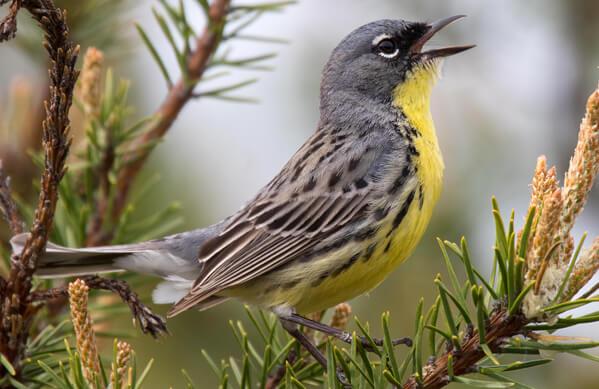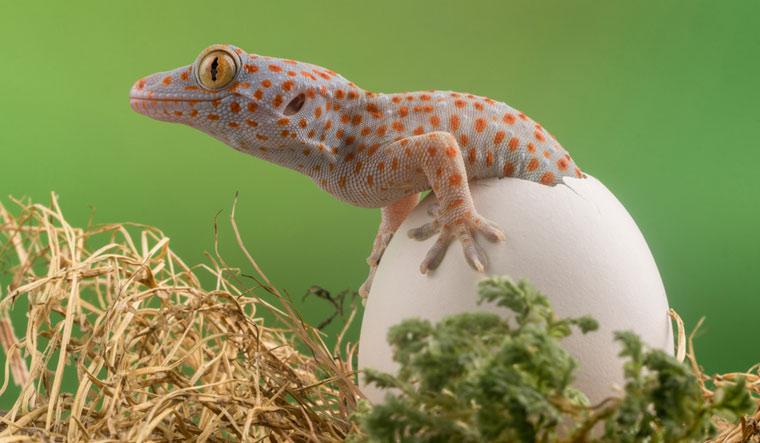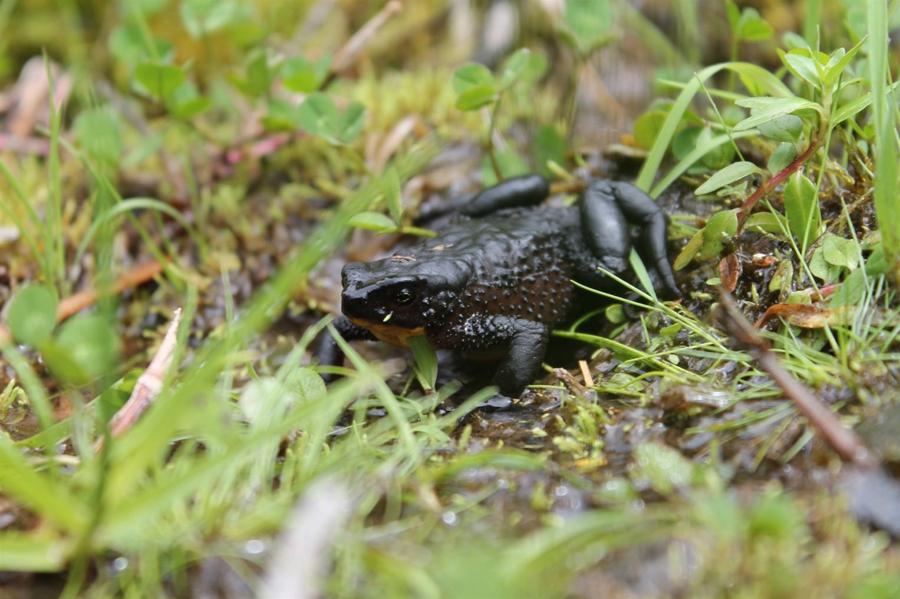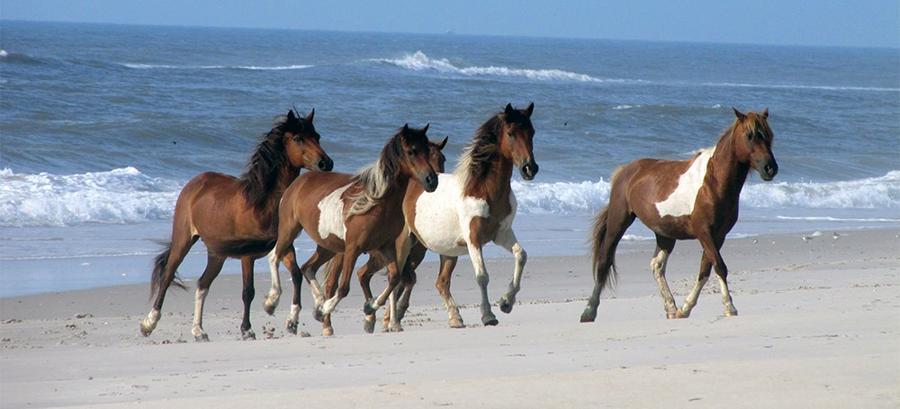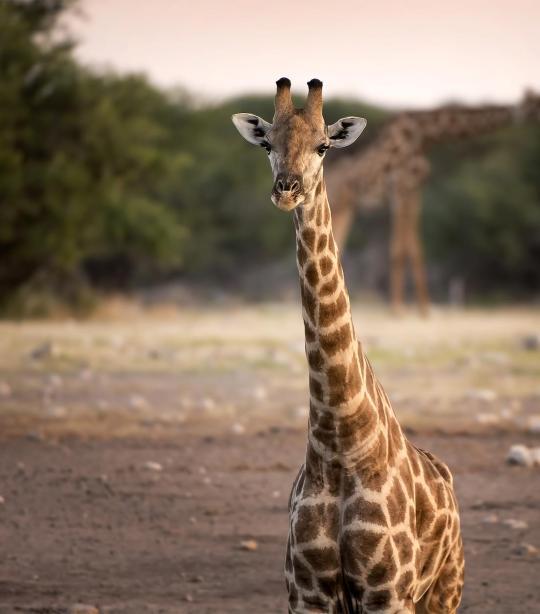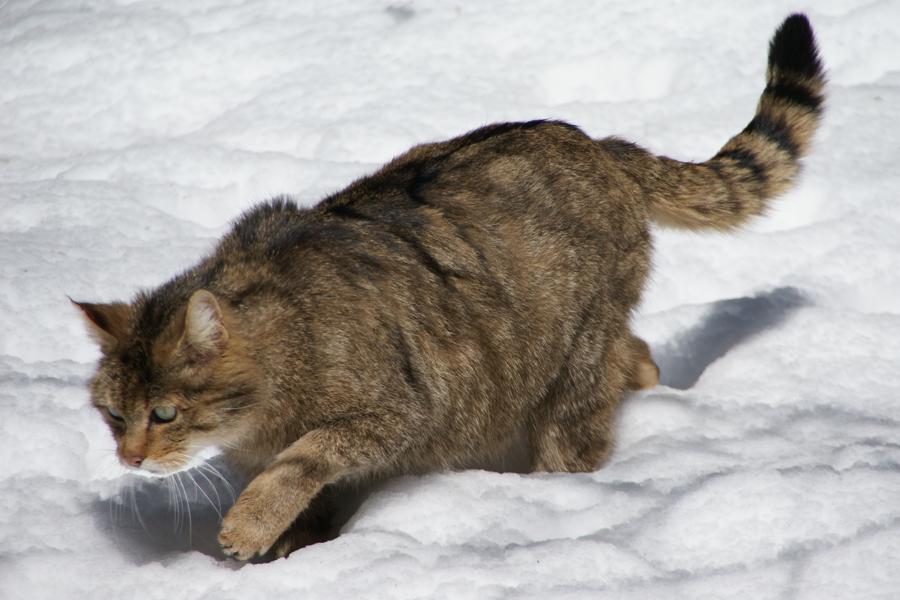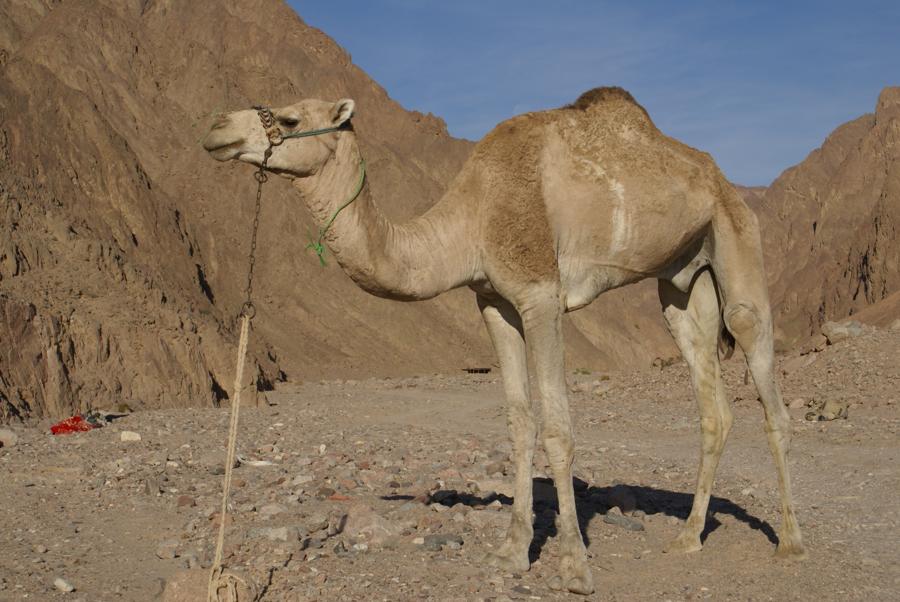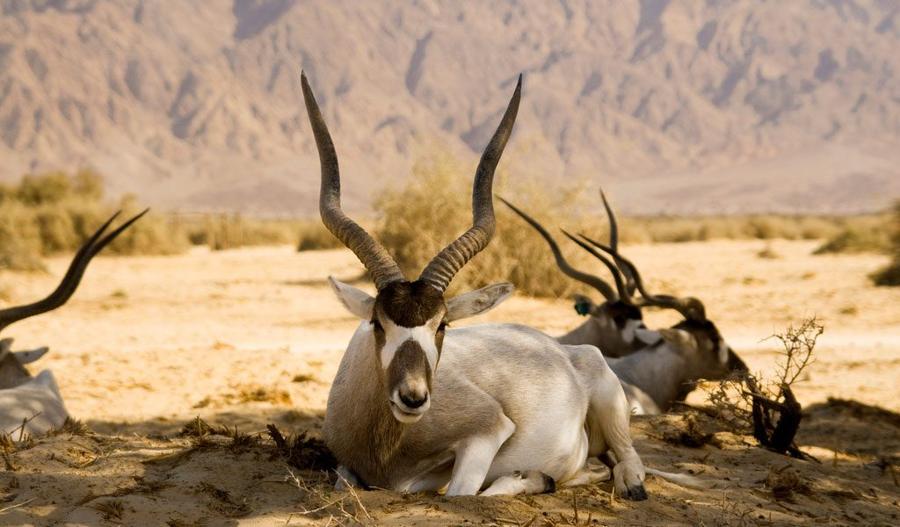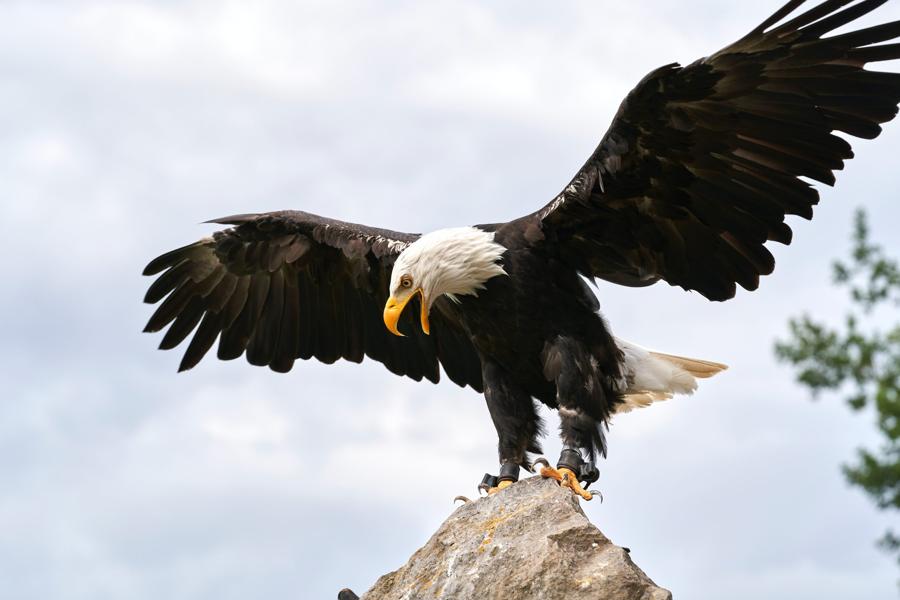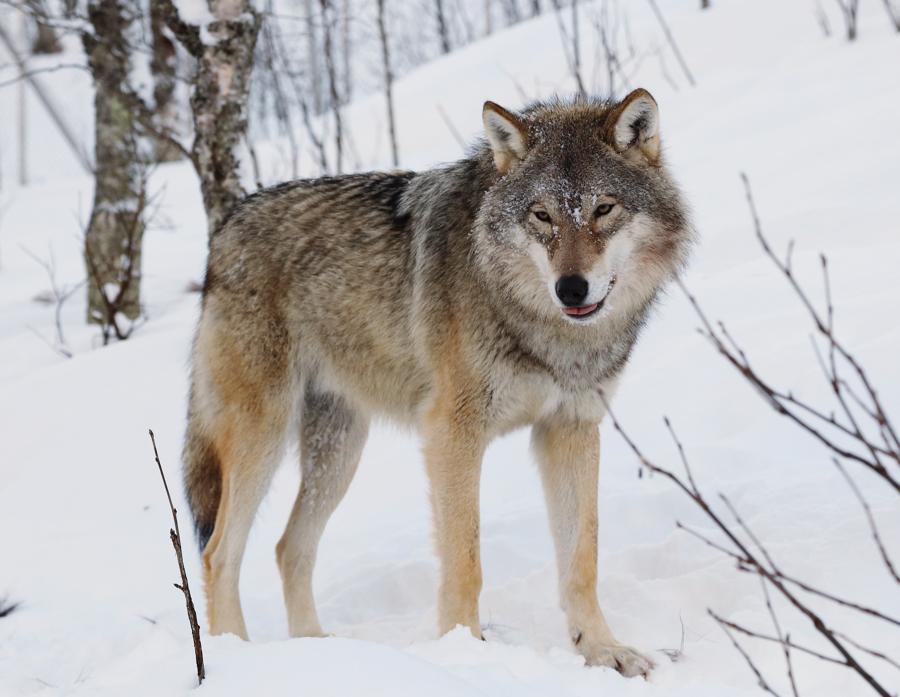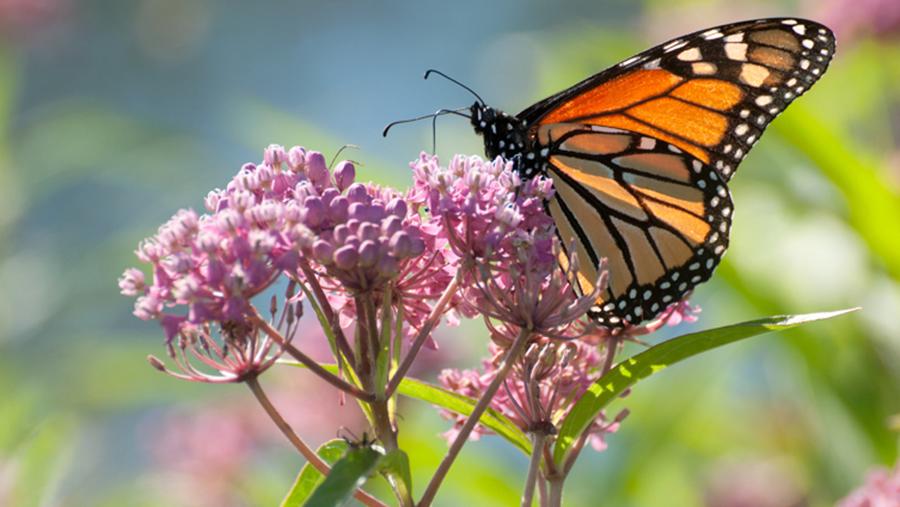
by Hanna Eyobed, age 17
Karen Oberhauser, one of the world’s top experts on monarch butterflies, has always pushed for greater awareness of the risks they face. That’s why she thinks it could be a good thing that monarchs were declared endangered in July. “Certainly it’s negative that monarchs have reached this point where they need to be listed. But it’s positive that they have this recognition and that, hopefully, this will bring more people on board to do what we can to preserve monarchs.”
Madison residents can help by planting the only food migratory monarch butterflies can eat as caterpillars: milkweed. Sam Harrington has been very impactful in the Madison community, she is a climate journalist who began making a difference in 2017, when she decided to put her parents’ lawn in Middleton to use by planting a quarter of an acre with plants native to Wisconsin. She planted species like yellow coneflower, royal catchfly, butterfly weed, and purple prairie clover. She eventually planted over 60 species and documented what was planted, what survived, and what animals they attracted. “It feels like an investment in the future, one that I want to live in, one that’s full of pretty flowers and butterflies and I have a good relationship with the land of the place where I’m from.”
Michelle Martin and her work with Monarch butterflies is another example of local change. In July of 2022, as she was inspecting her milkweed plants in her garden, she spotted a monarch egg. She then proceeded to carefully cut the piece of the leaf off, took the egg into her home, and put it on a fresh milkweed leaf in a habitat made specifically for butterflies. During the process of its birth, Martin was consistent in taking care of the caterpillar by adding fresh milkweed. As time went on she added sticks to the enclosure. The caterpillar hung from a chrysalis and after two weeks it hatched into an adult butterfly. After a couple of days, as the butterfly regained its strength, Martin released it. Martin isn’t the only witness to the butterflies she raises, as she is a teacher who shows this process to her class of two-year-olds at Big Oak Child Care Center in Madison. She understands the importance of nature in the lives of developing children and believes that implementing the process of raising monarch butterflies is transformative. It allows her students to be amazed and respectful of the beauty of nature and gives them a sense of urgency to protect it. [Read More]
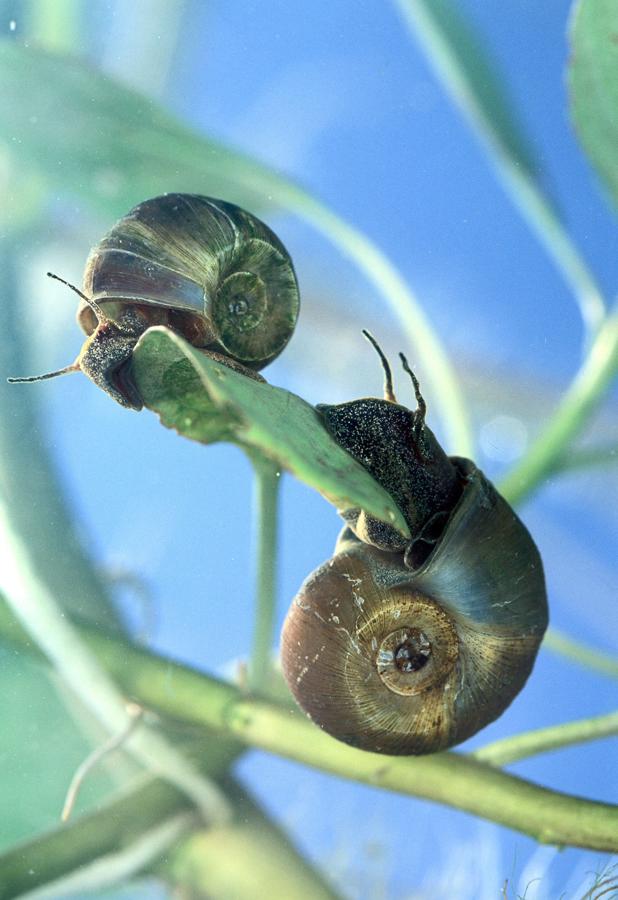

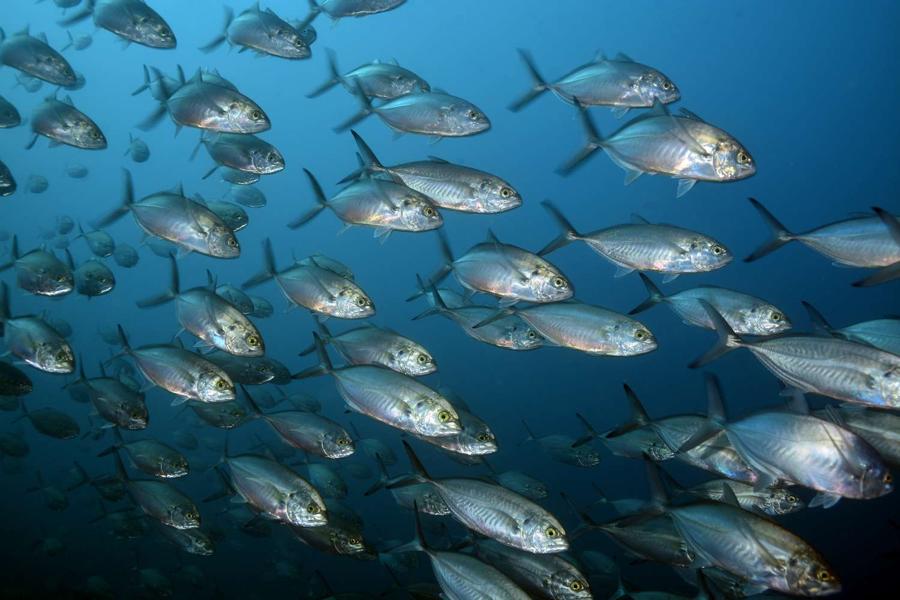

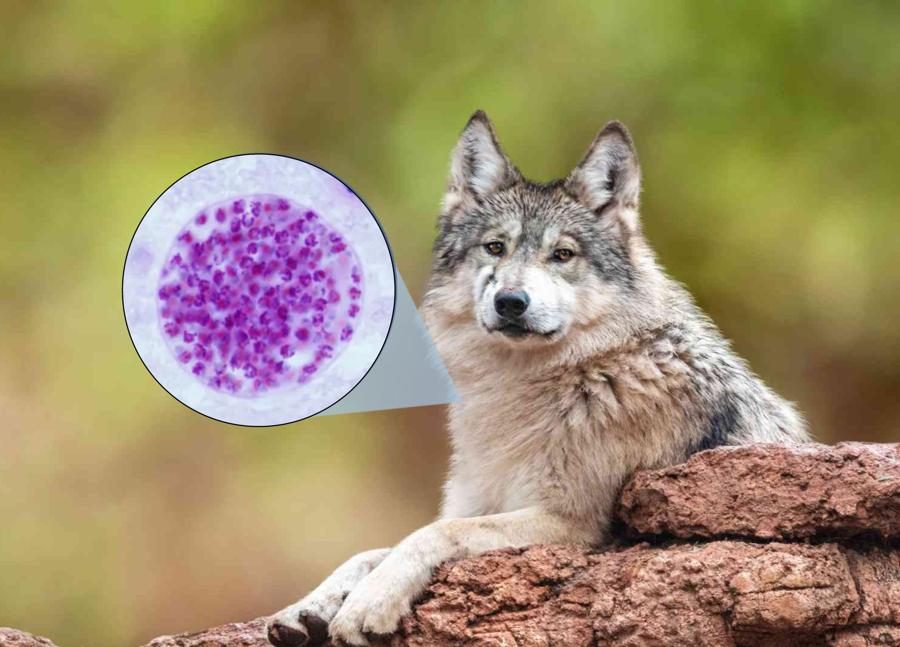
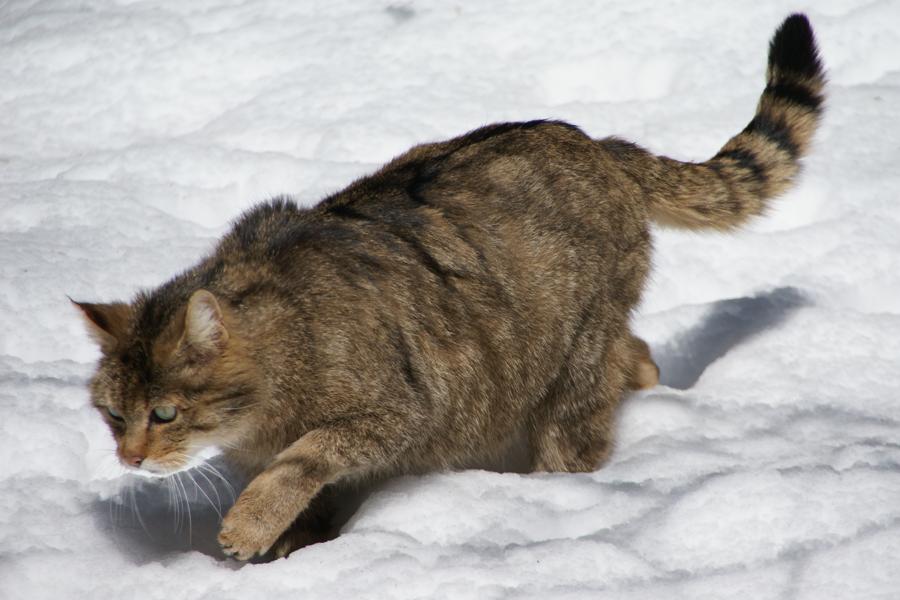
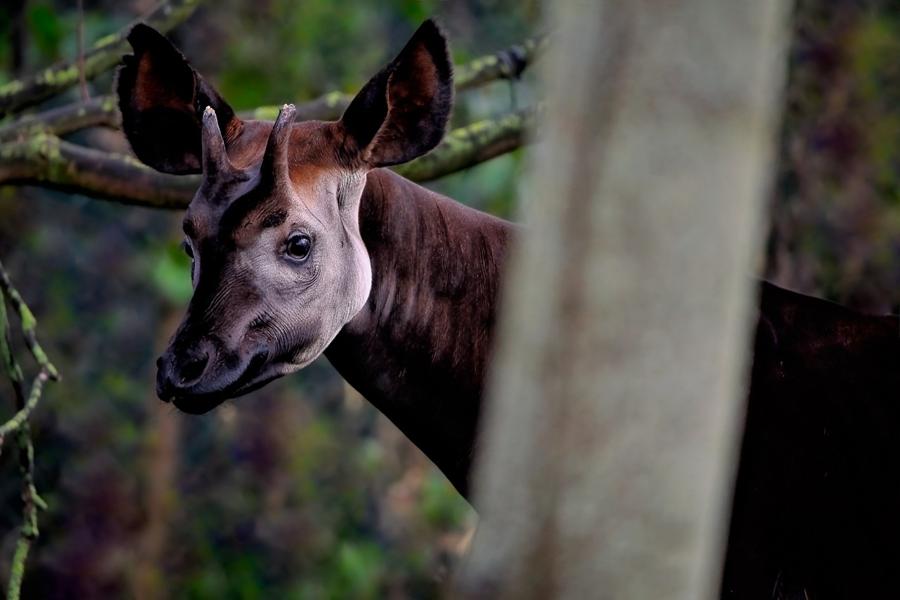
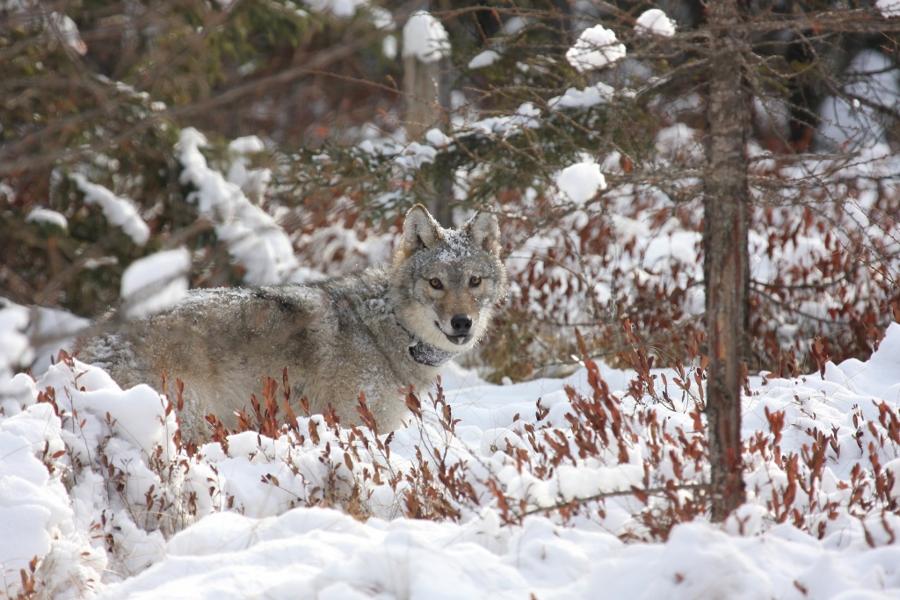
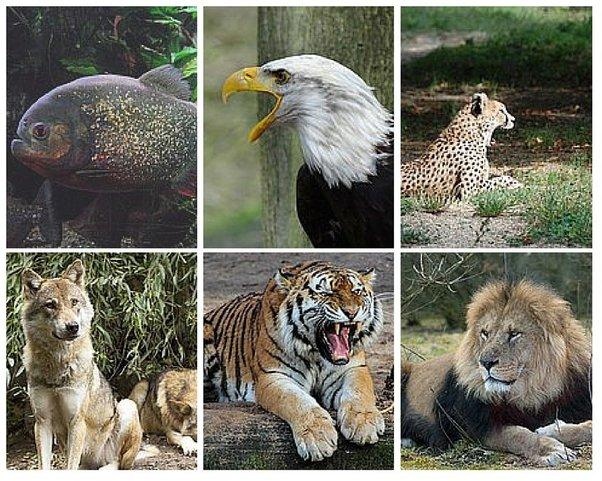
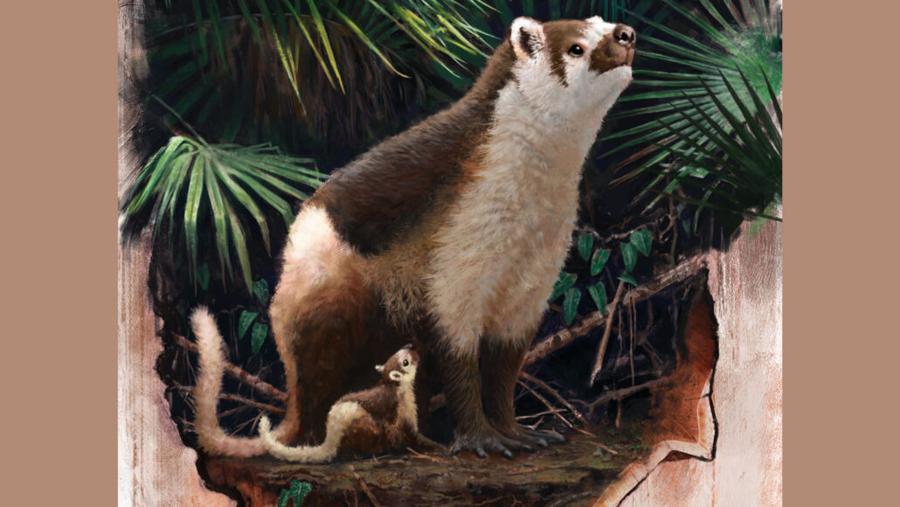

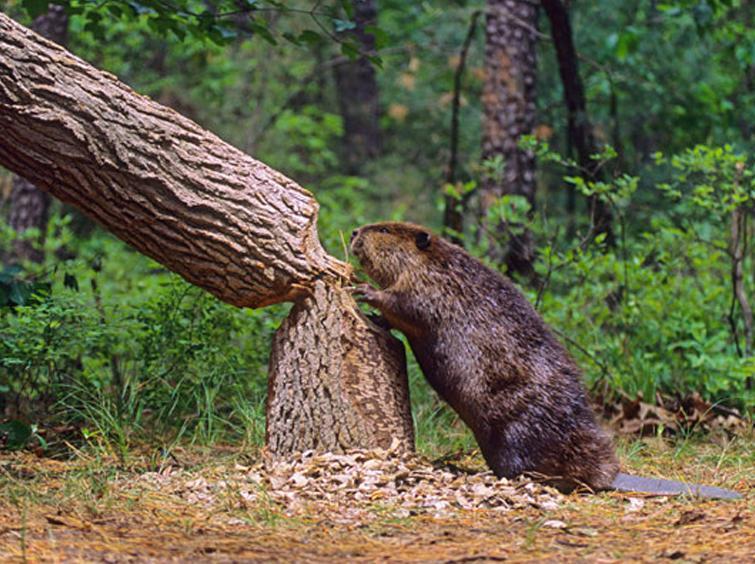
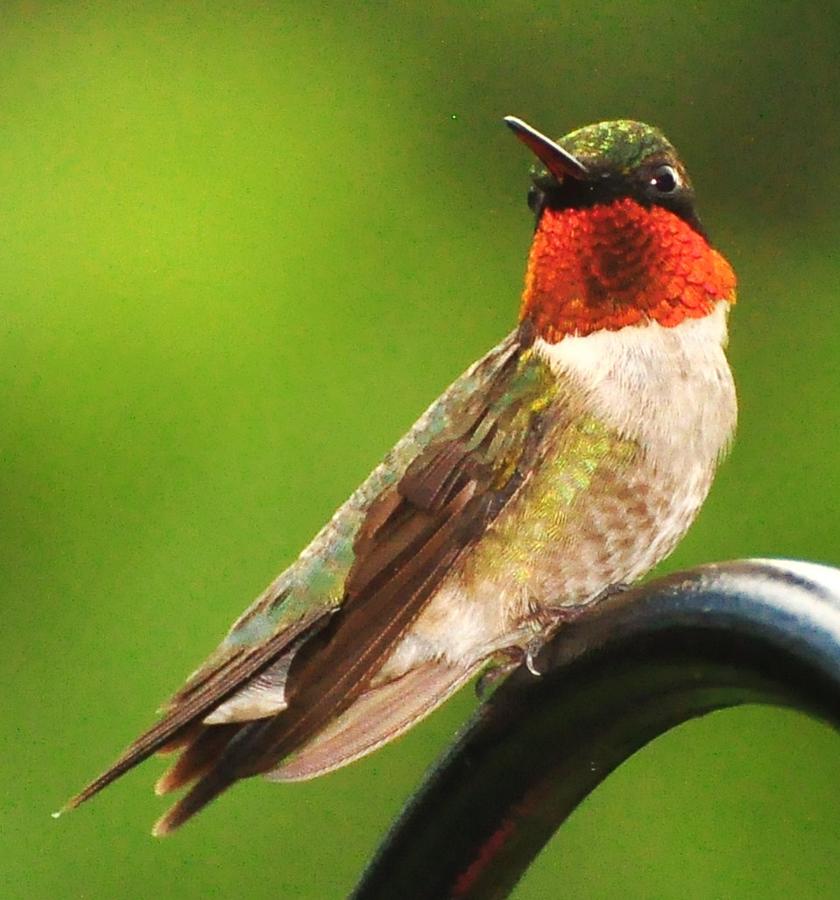
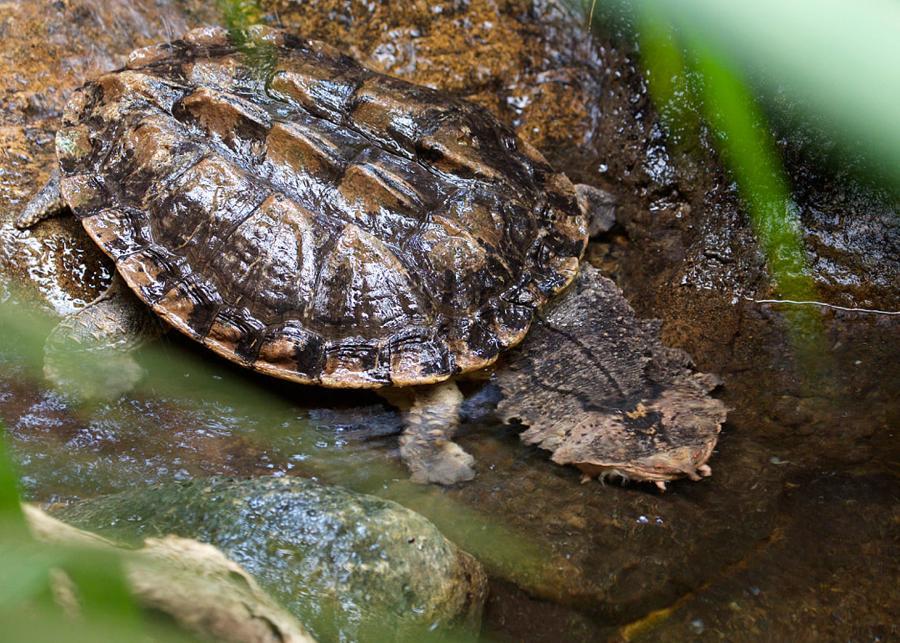
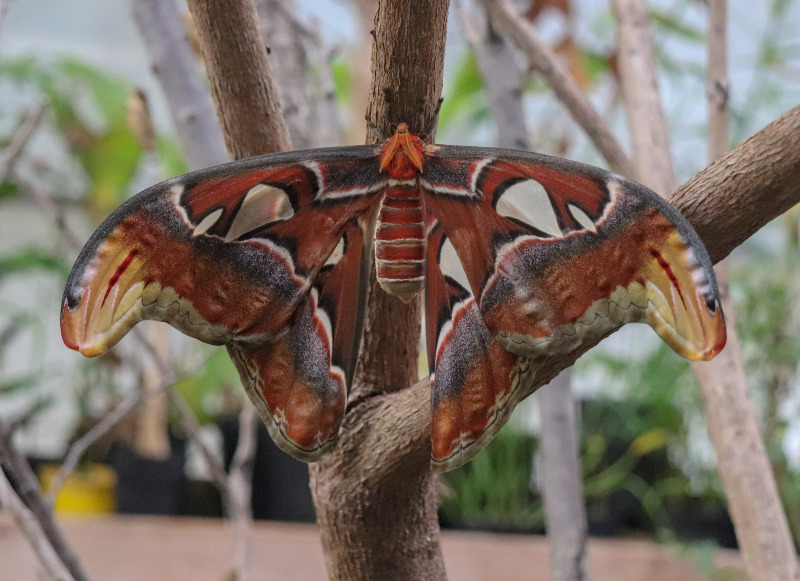
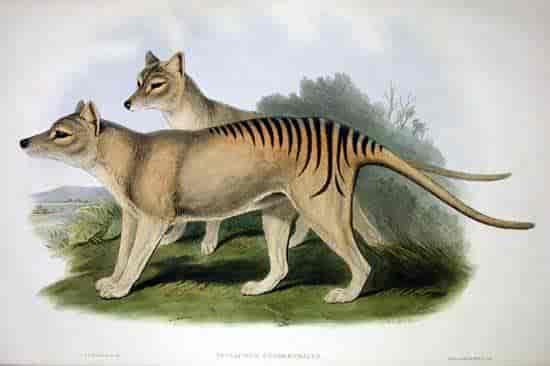
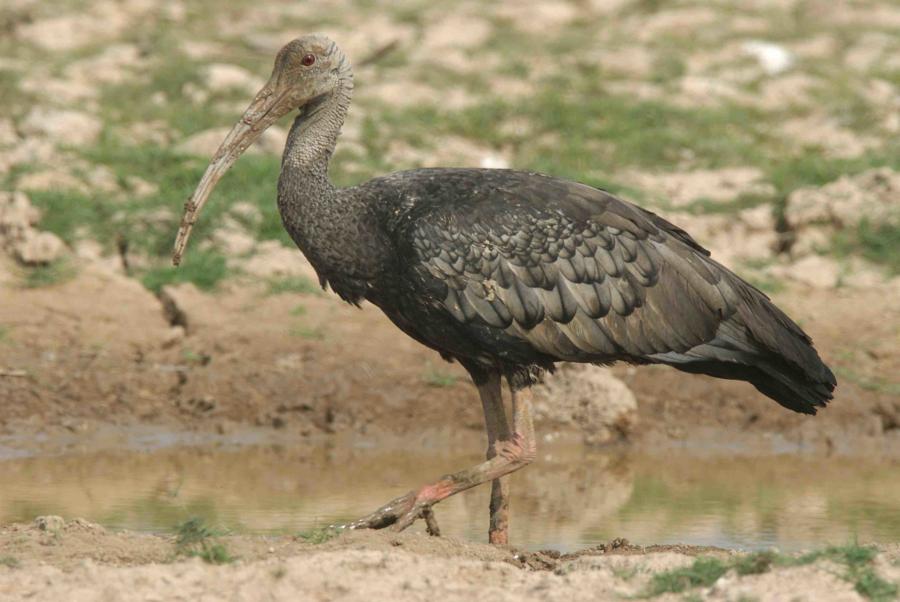
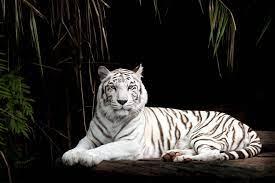
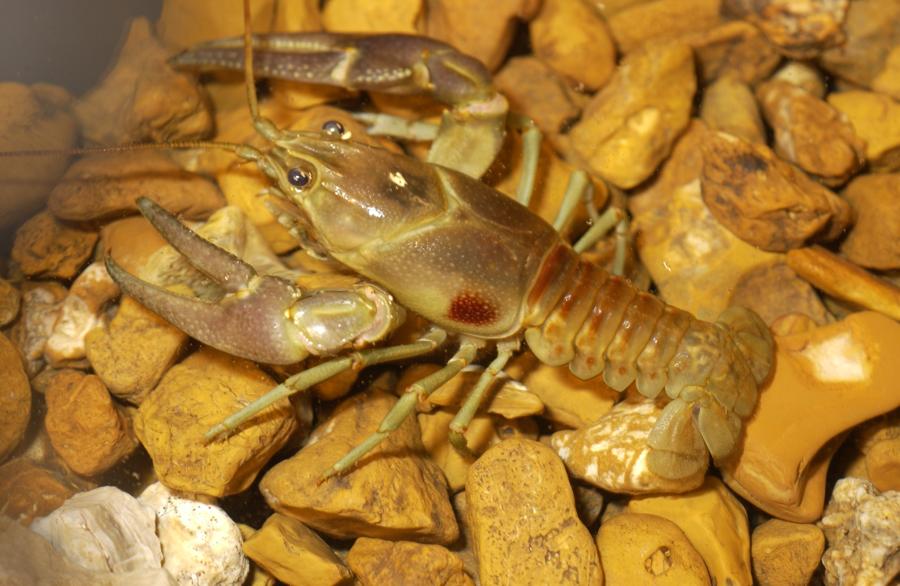
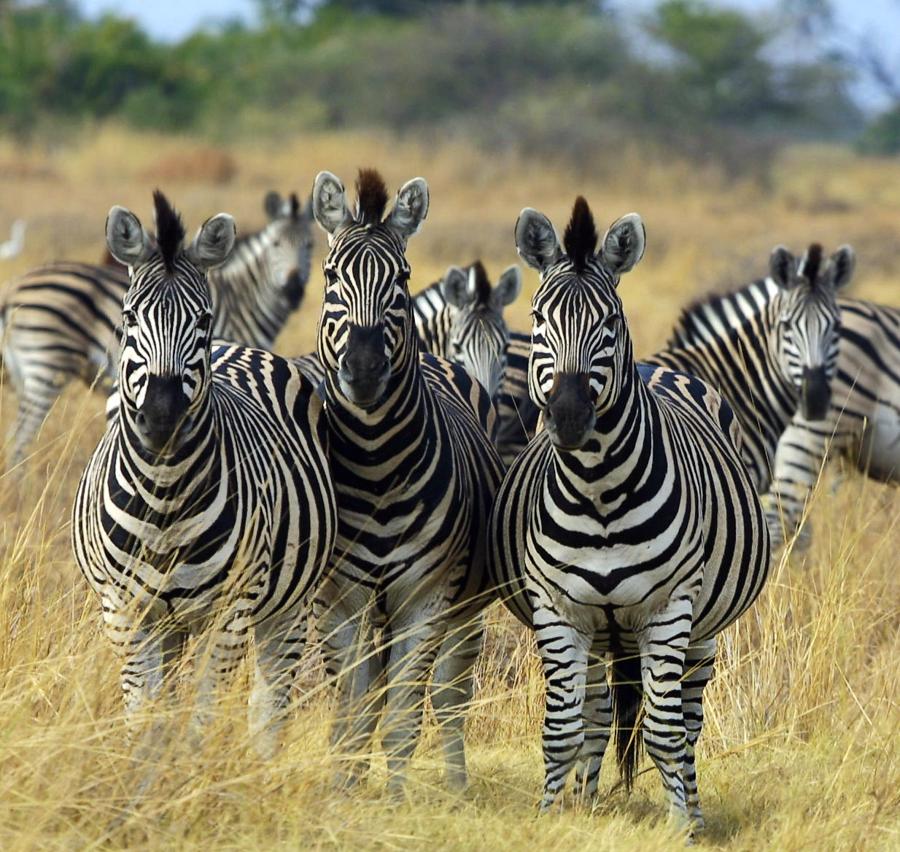
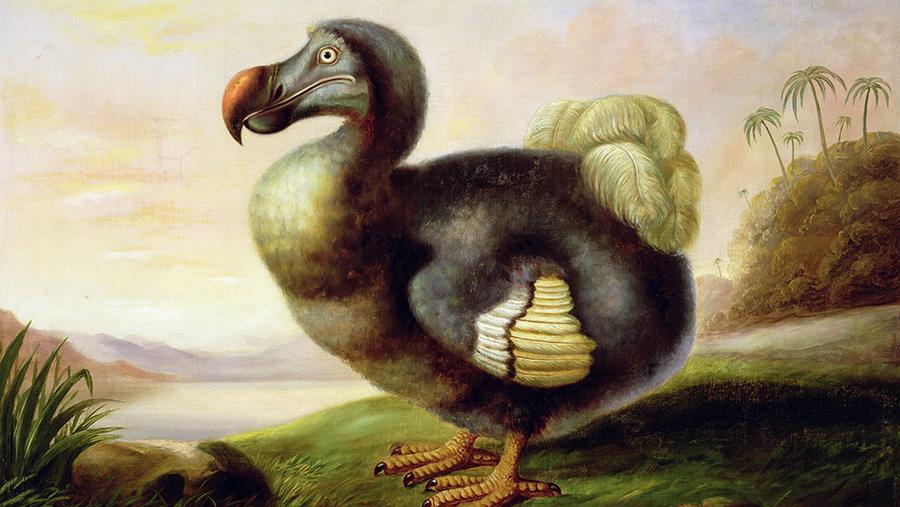

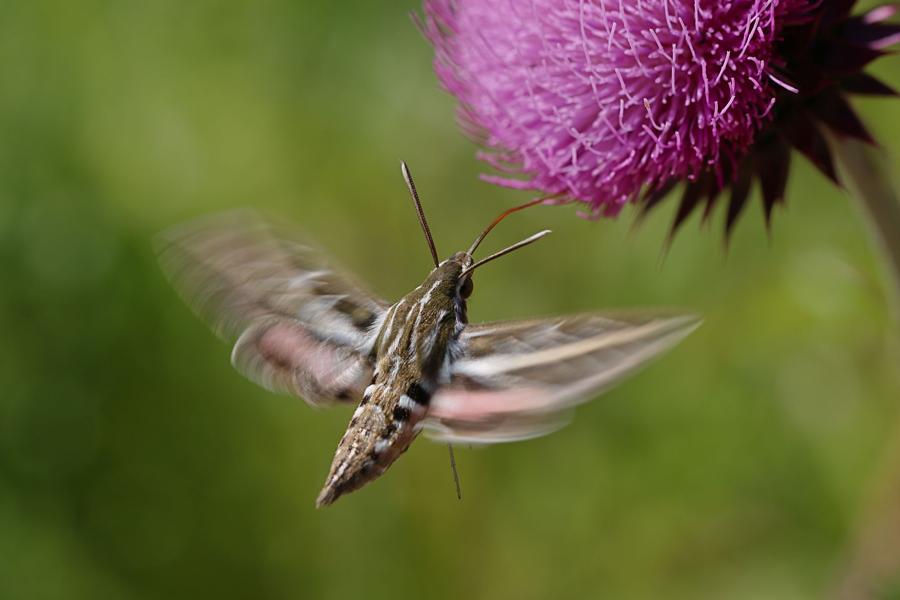


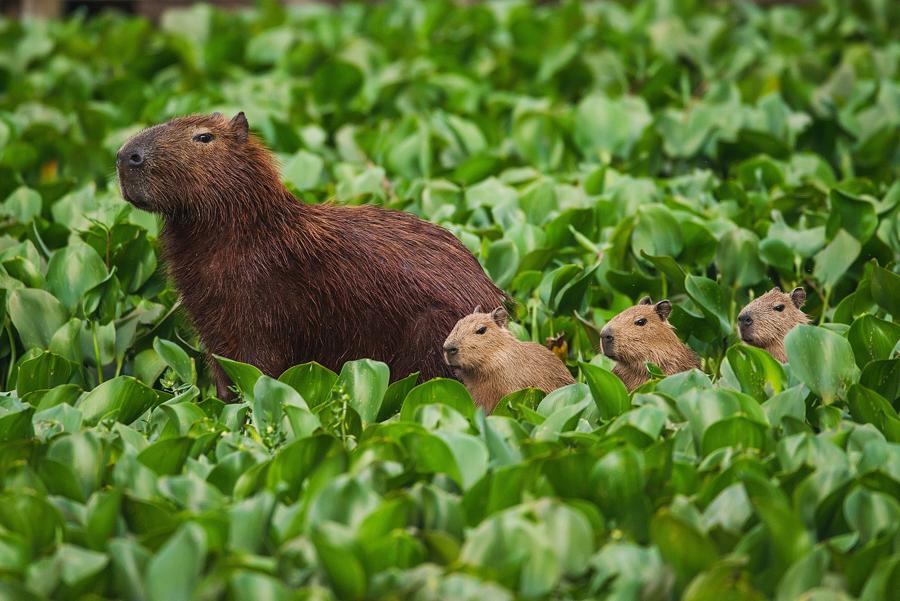

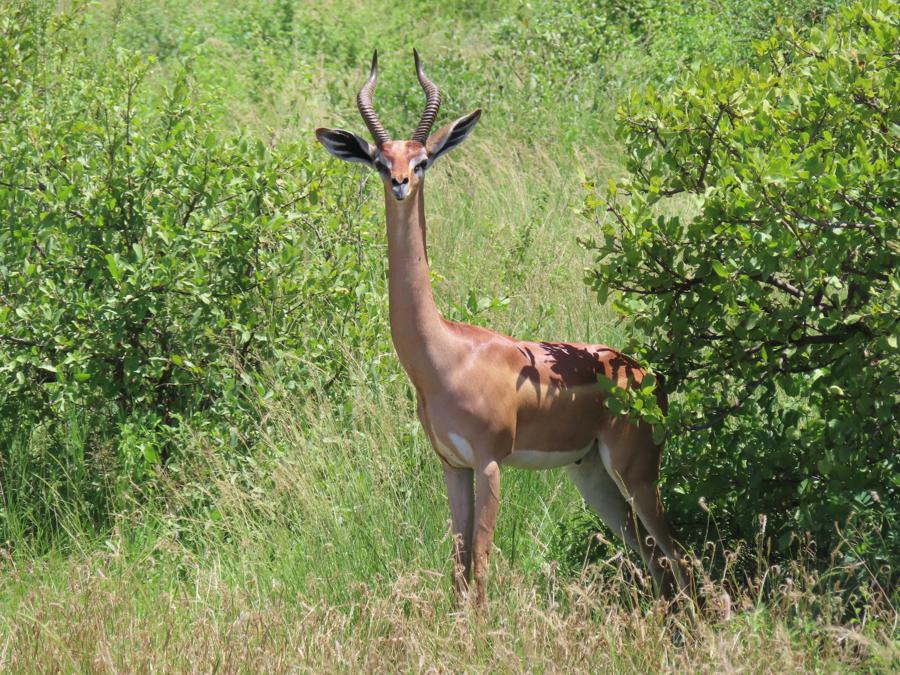
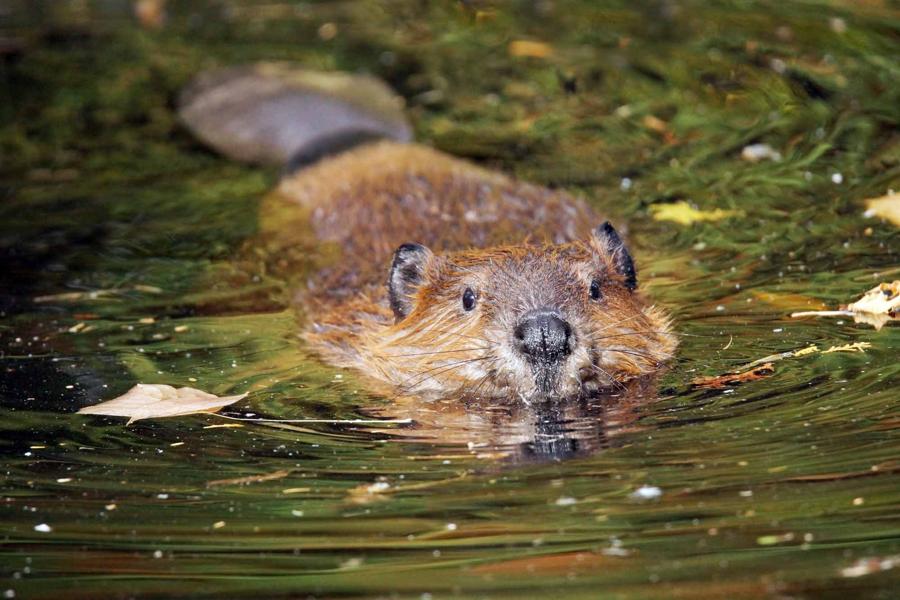

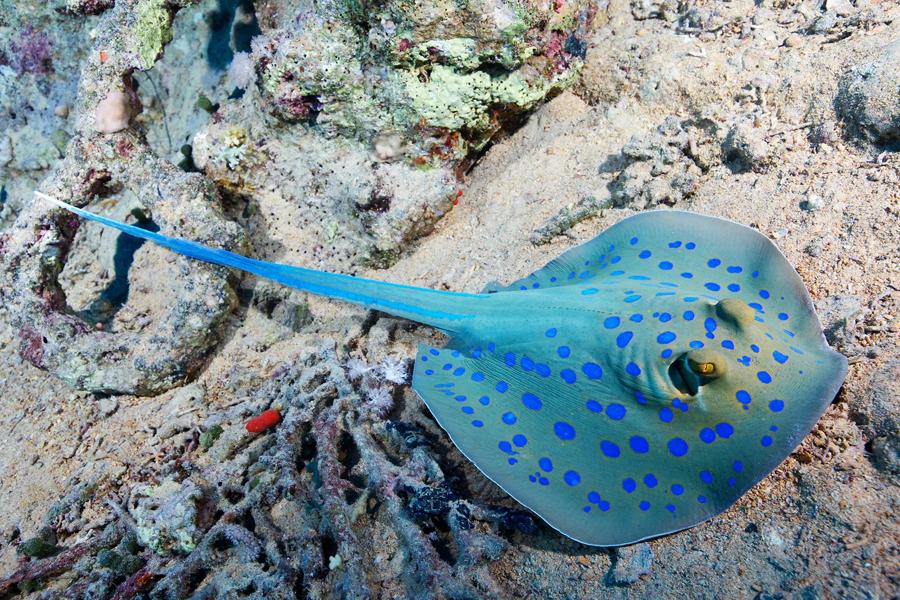
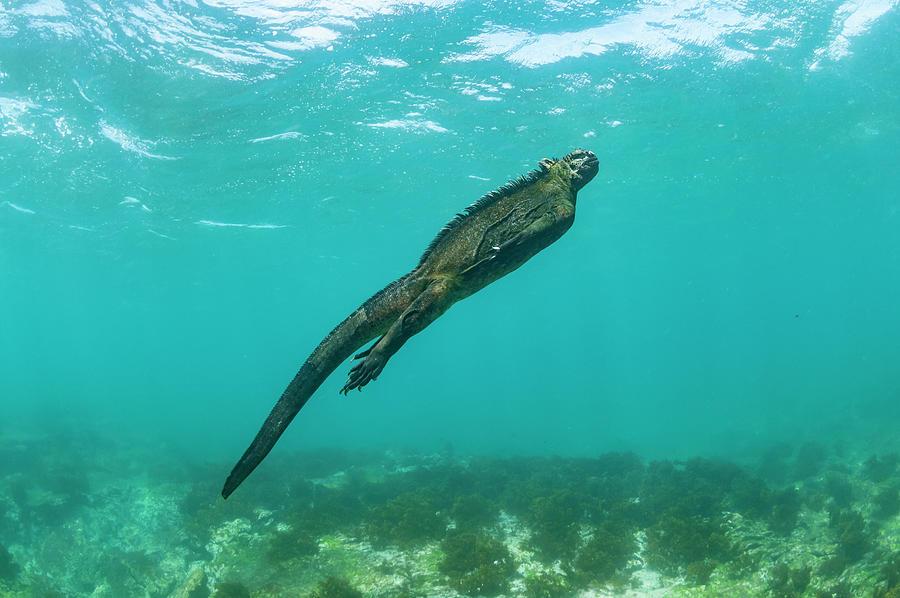
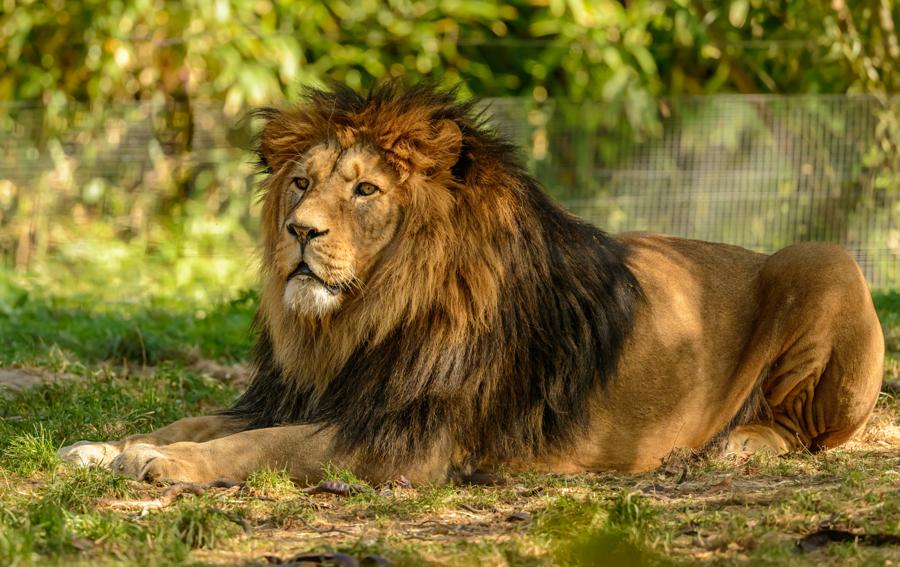
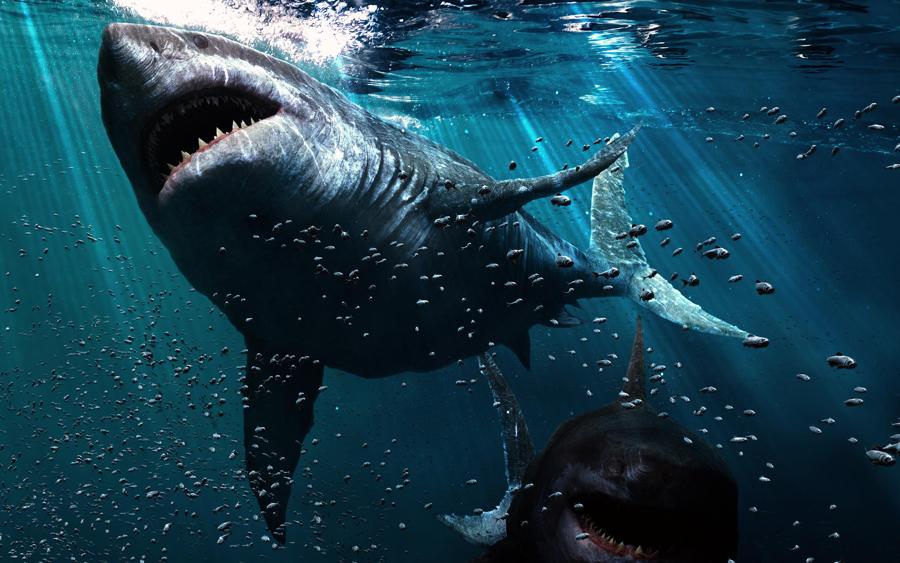
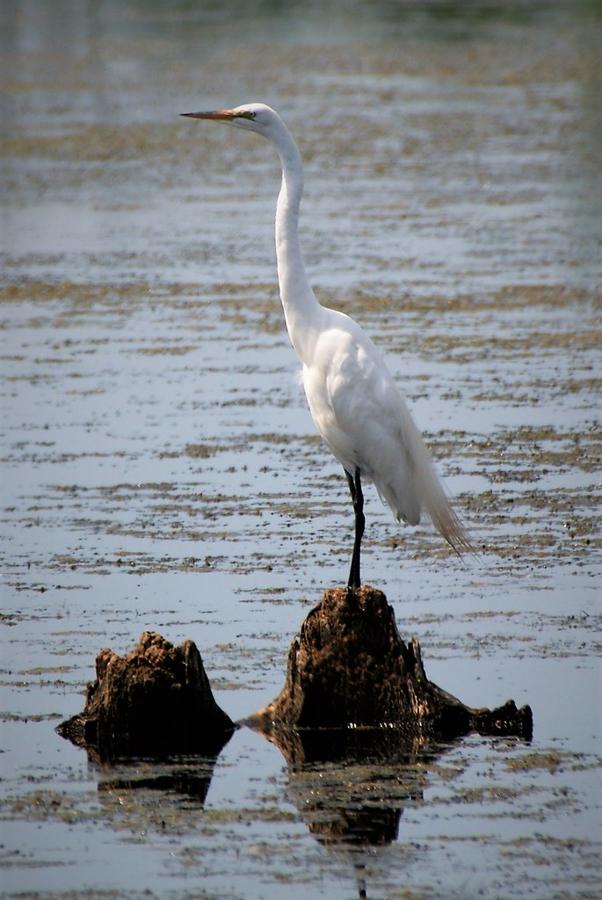
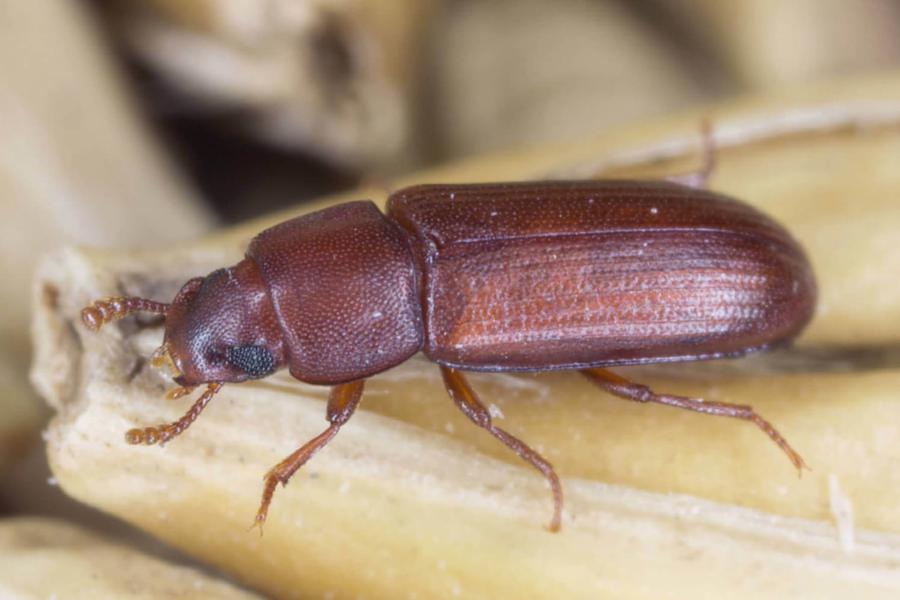
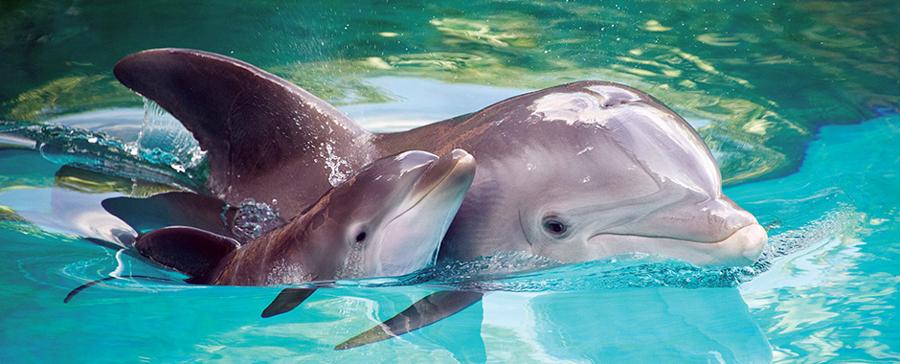

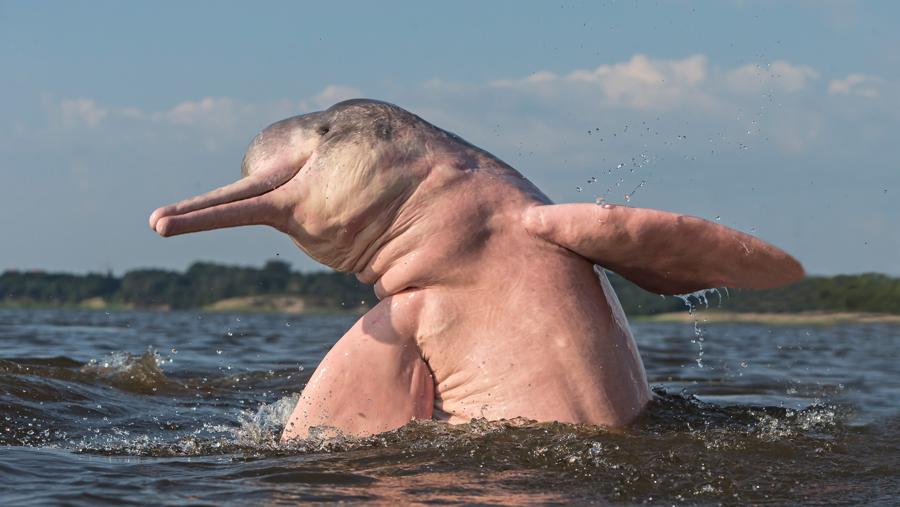
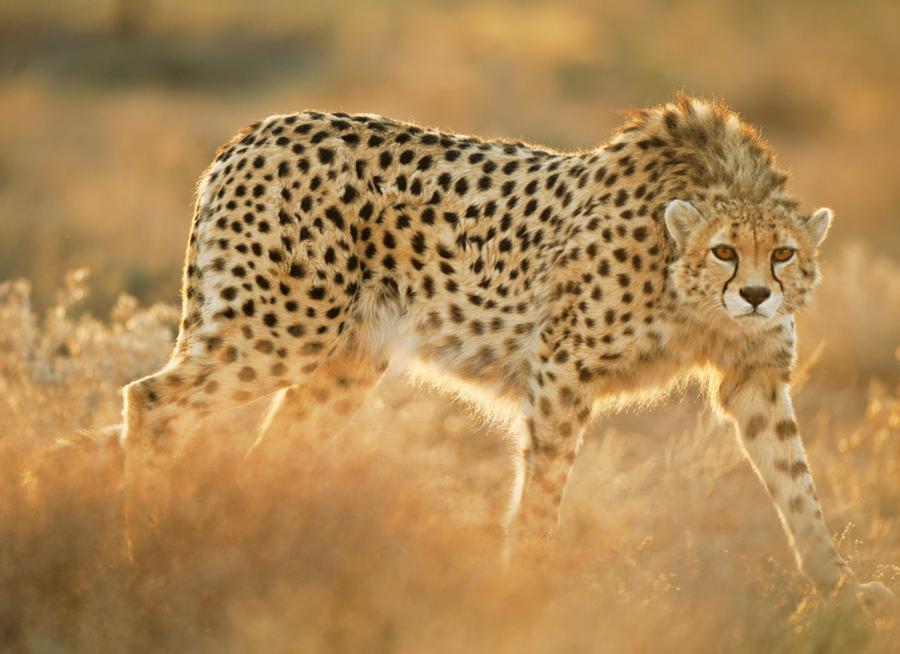
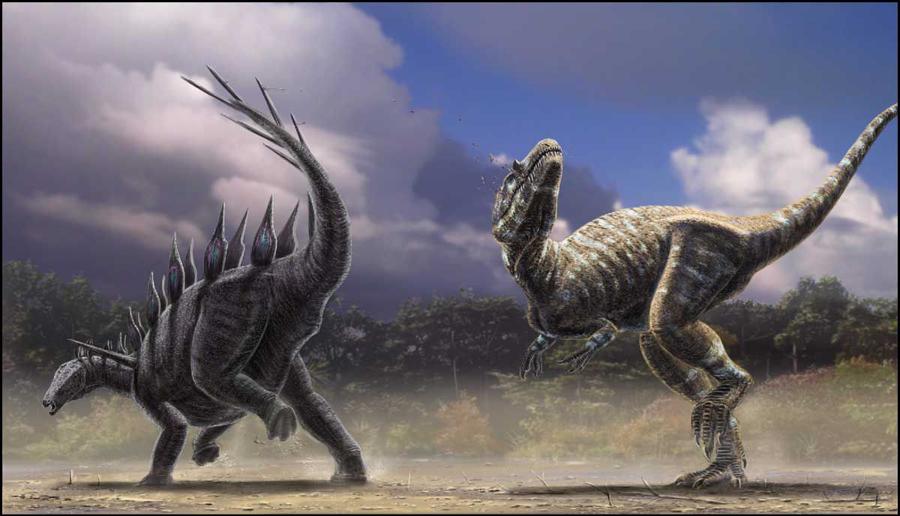
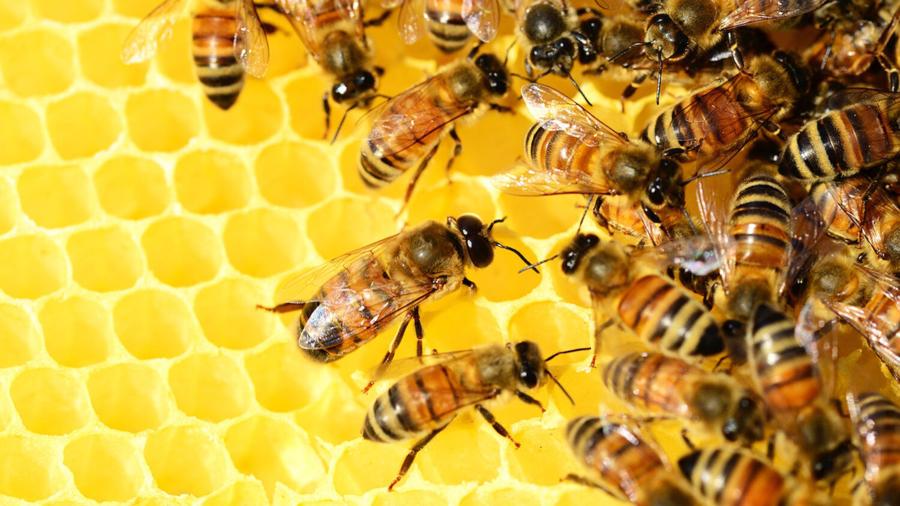
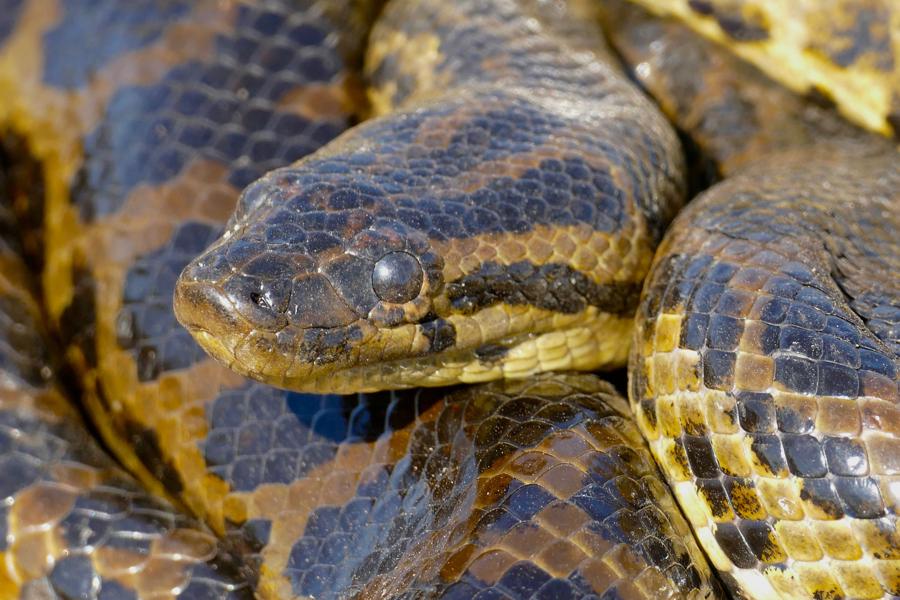
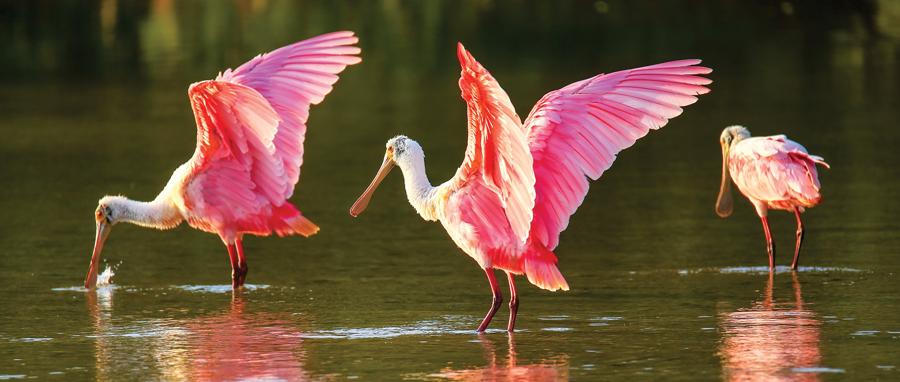
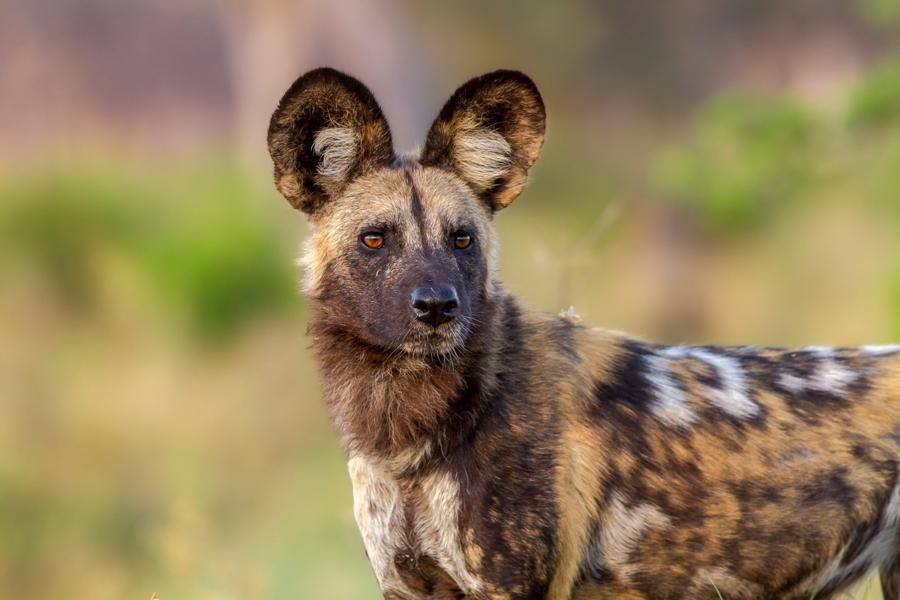
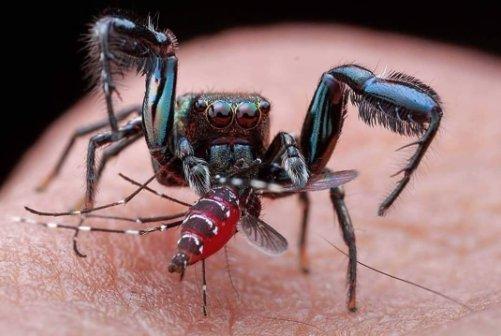
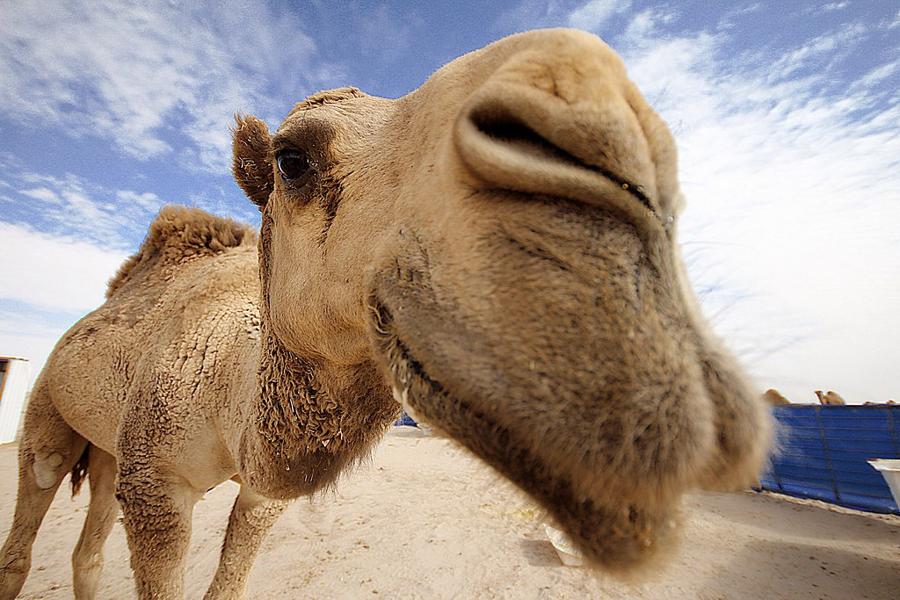
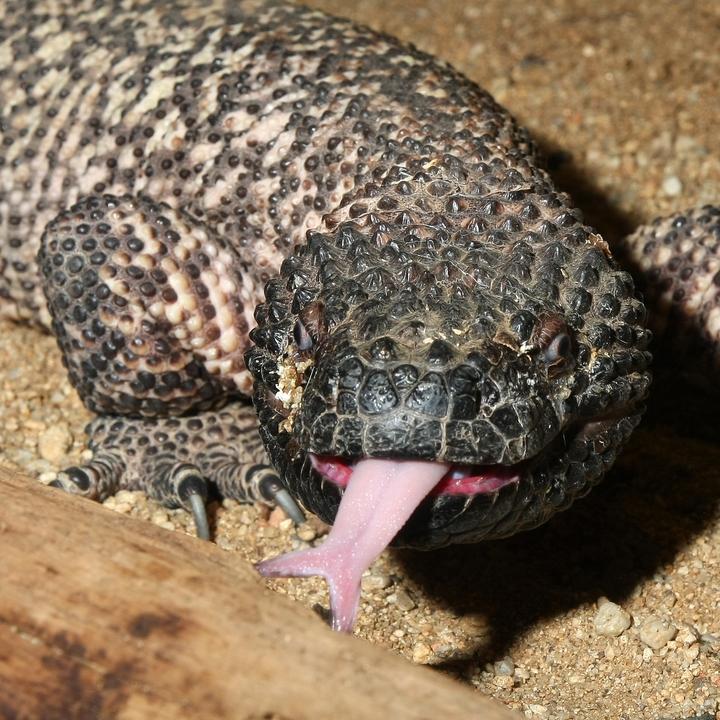

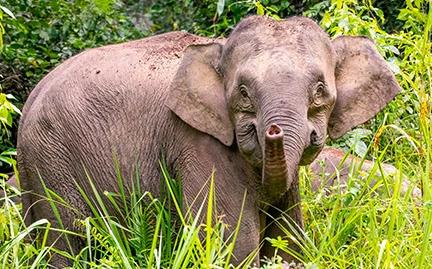
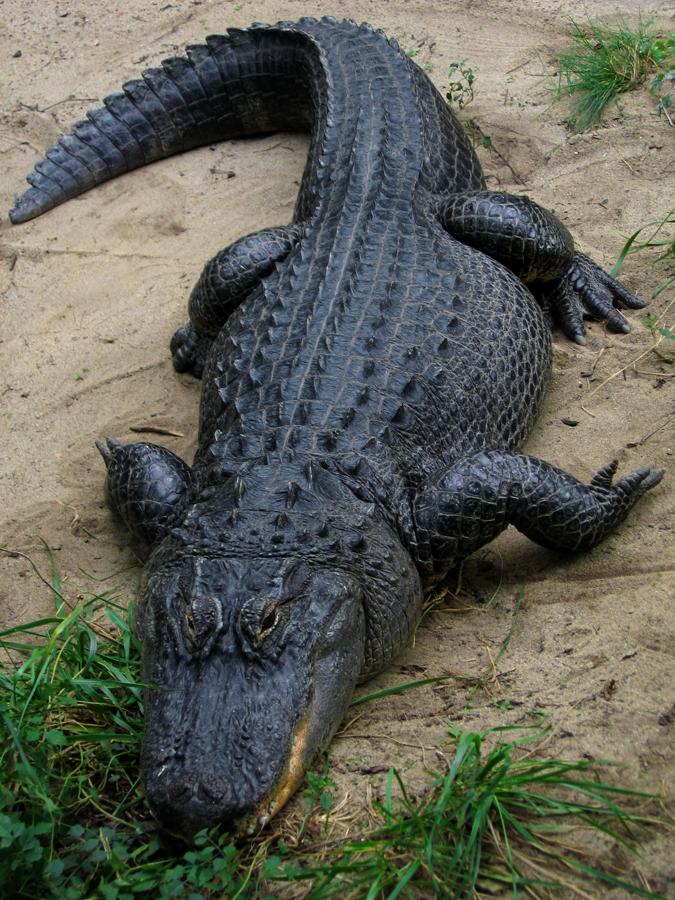
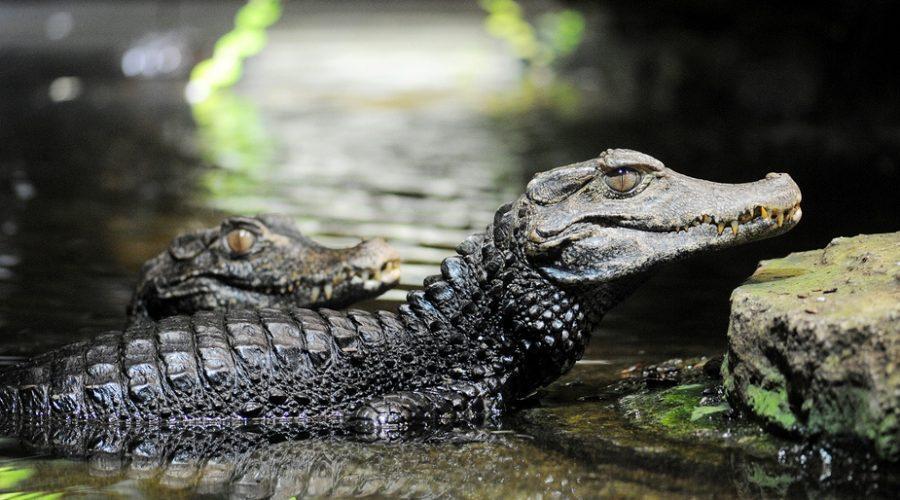
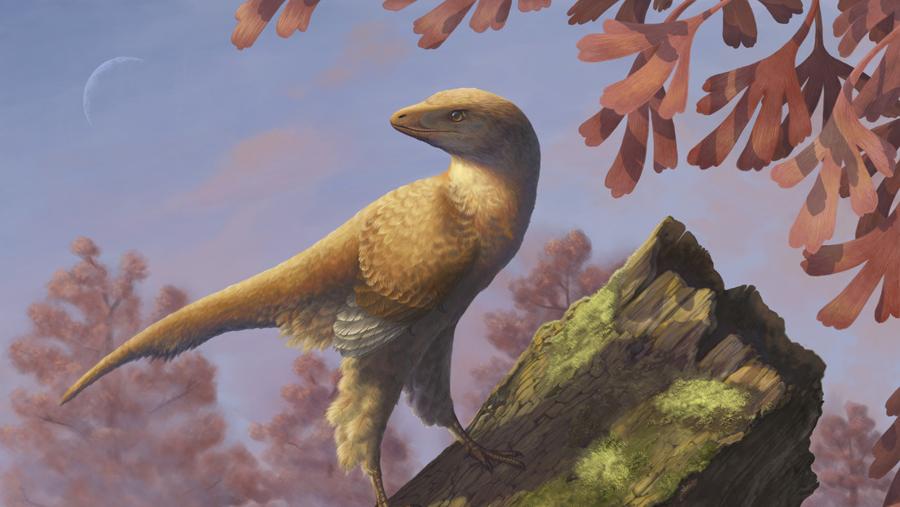

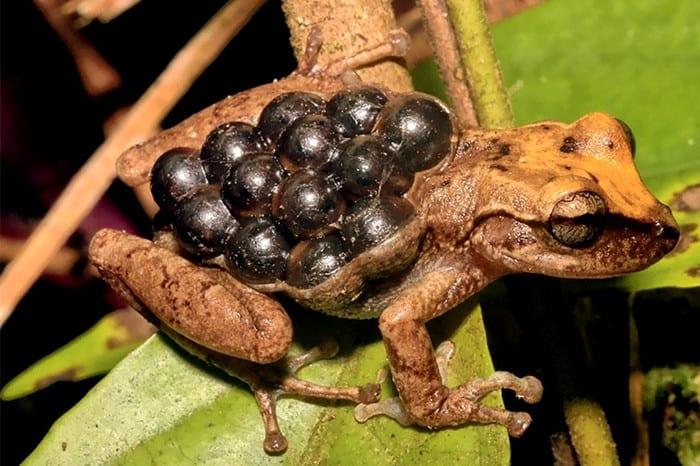
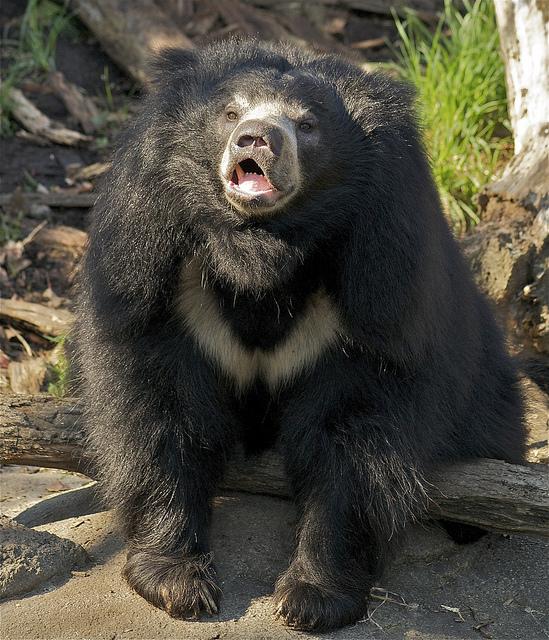
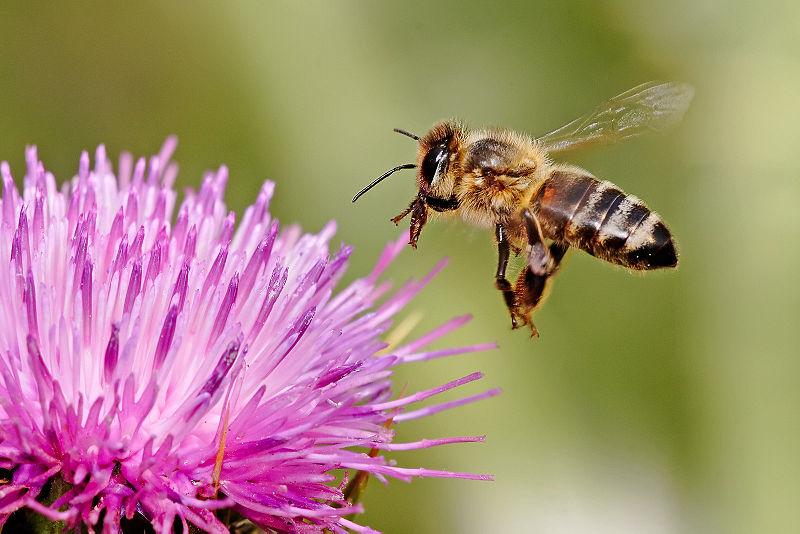
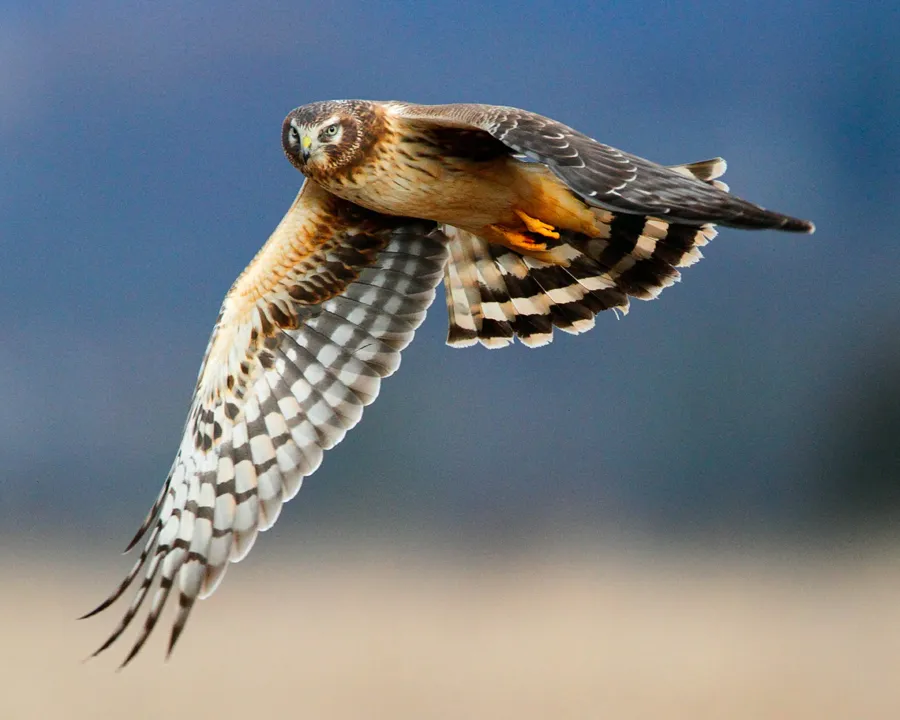
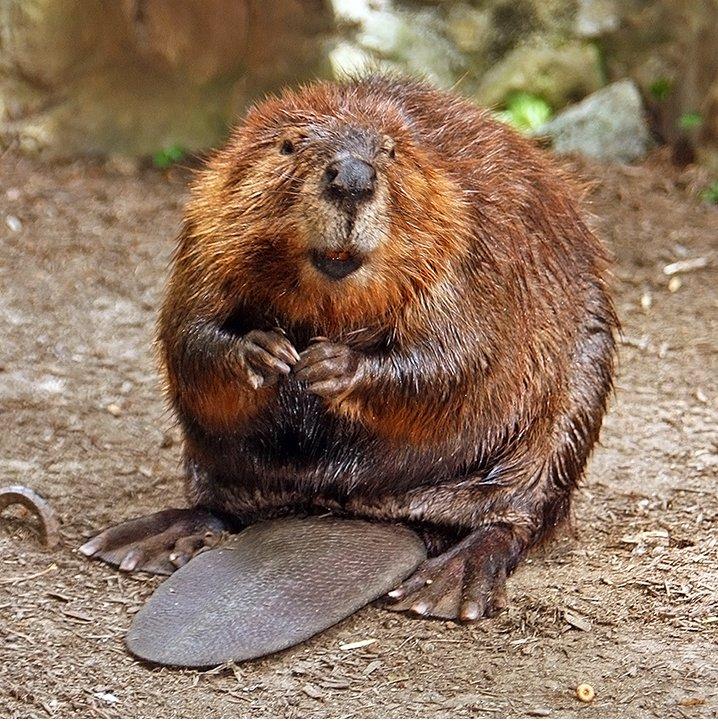
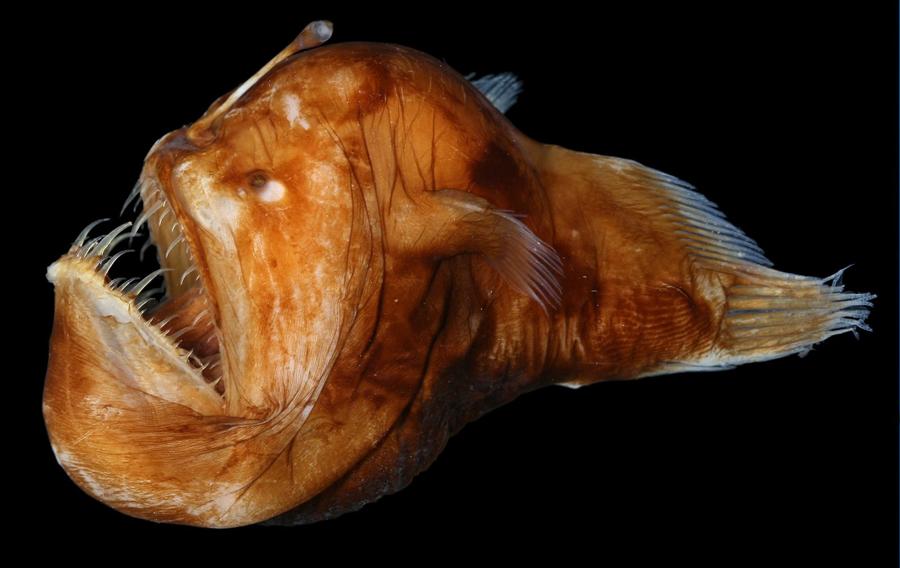
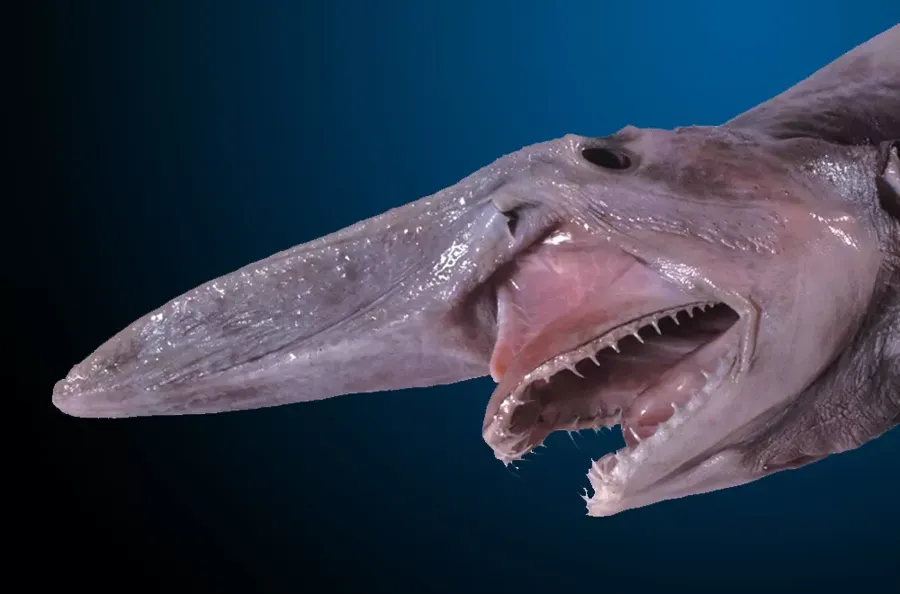

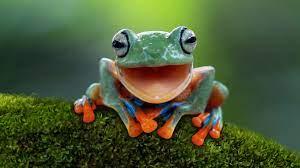
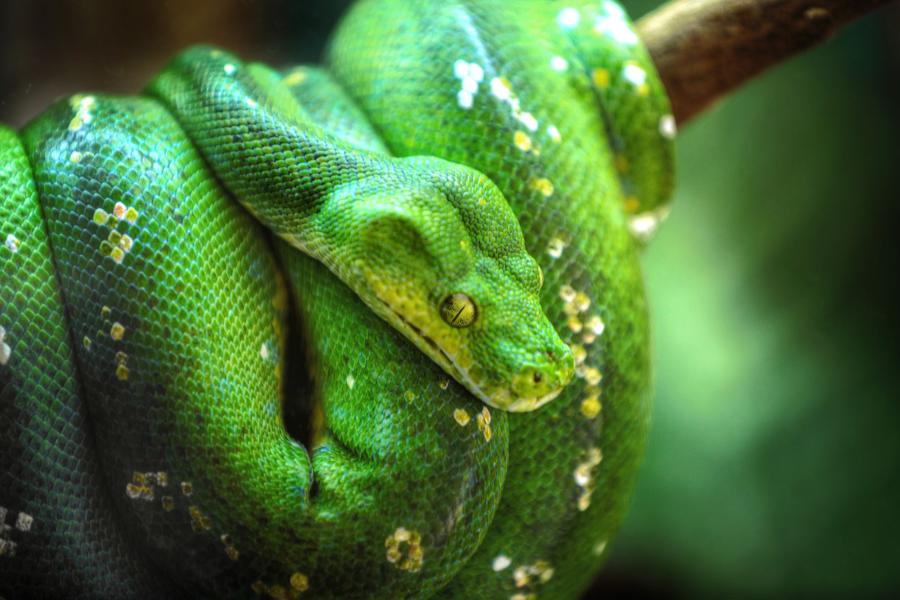
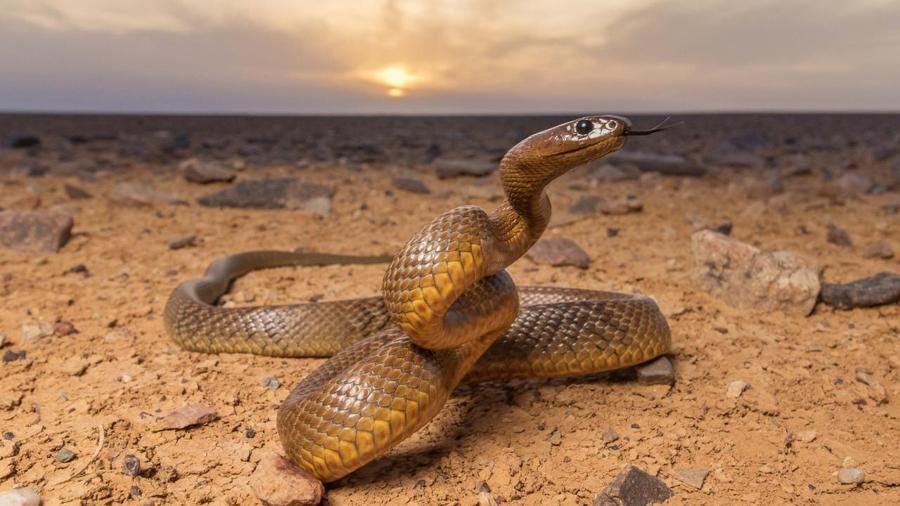
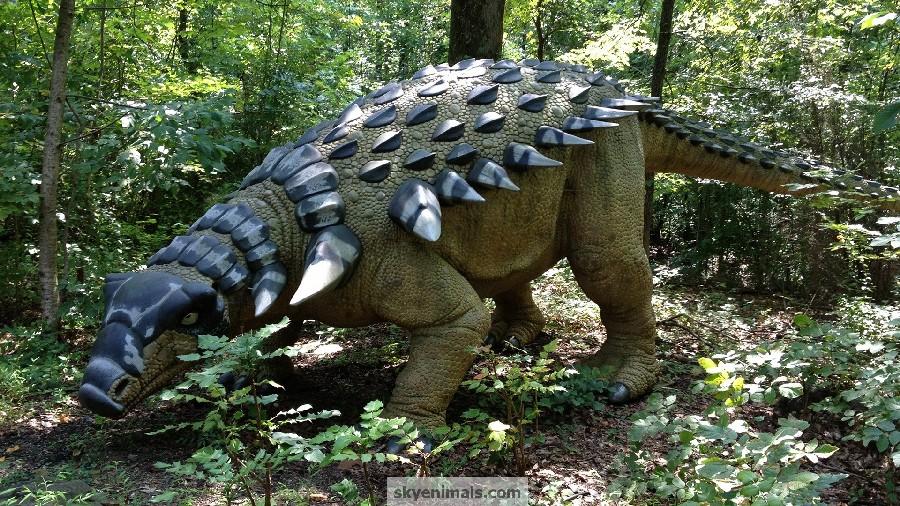
.jpg)
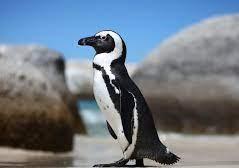
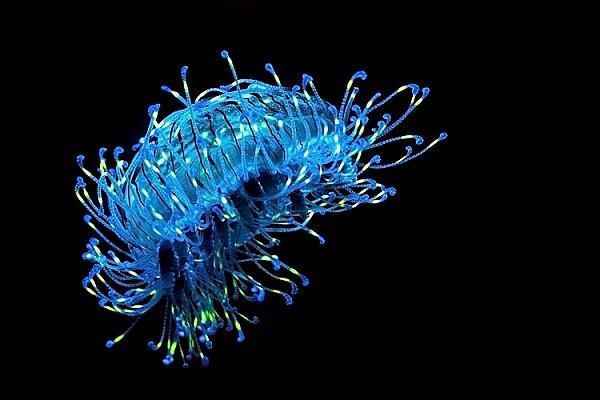
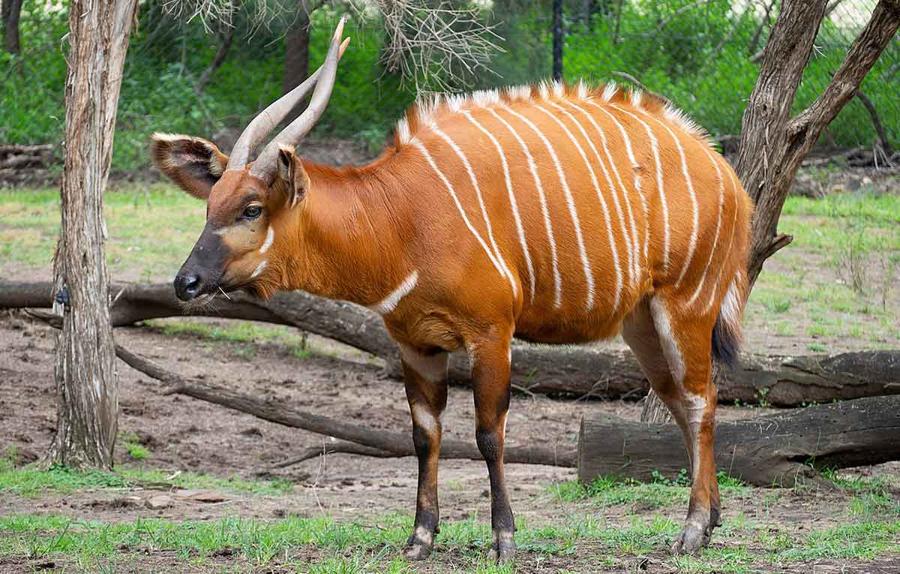
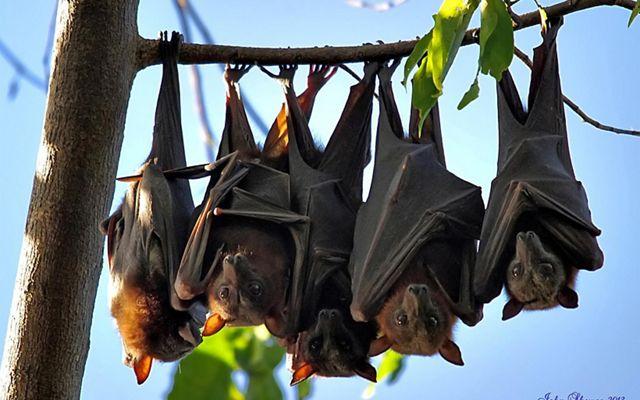
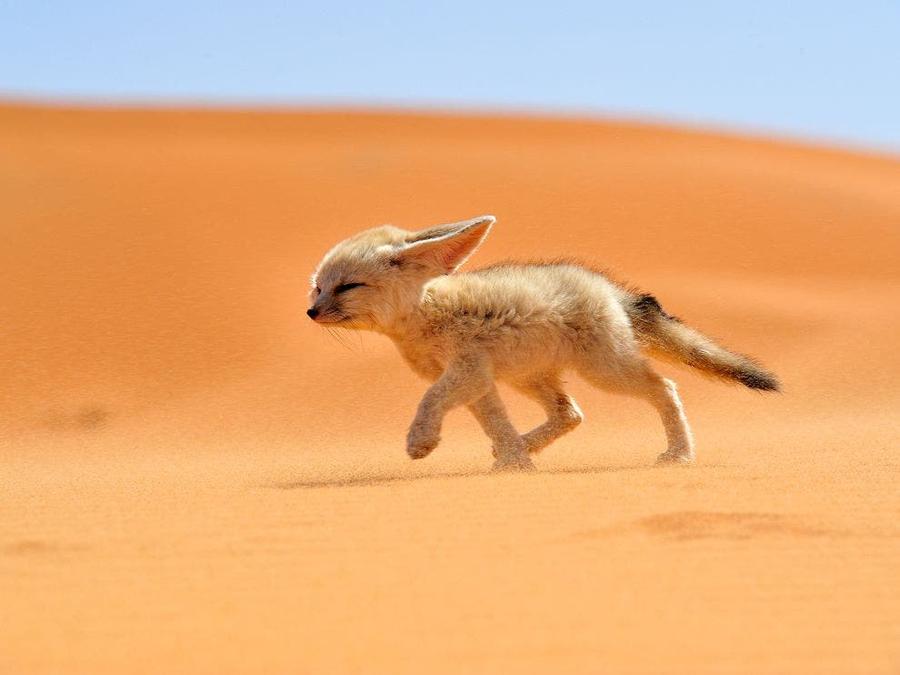
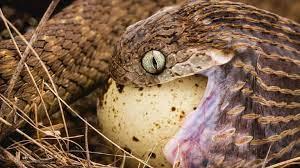
.jpg)
